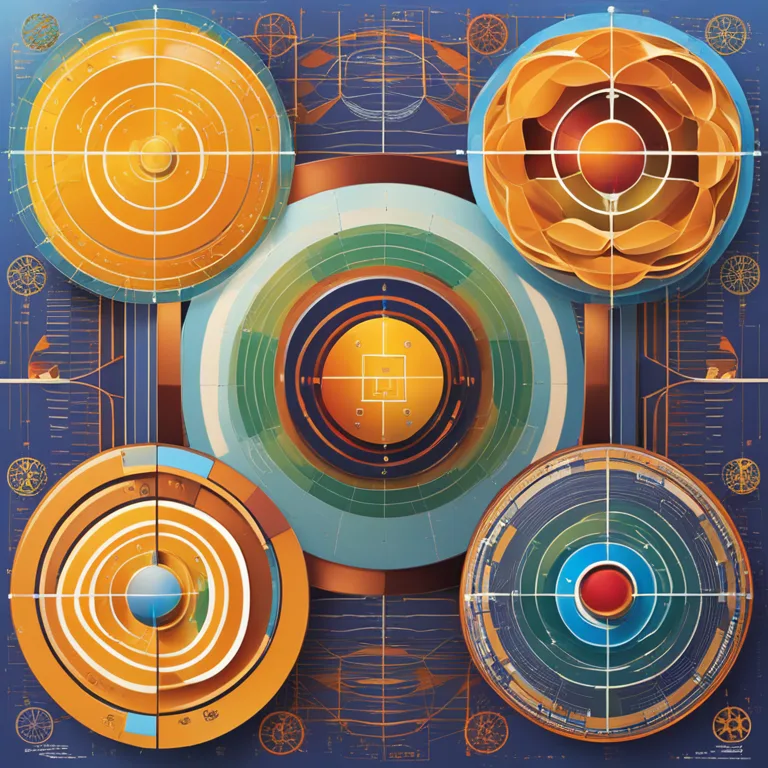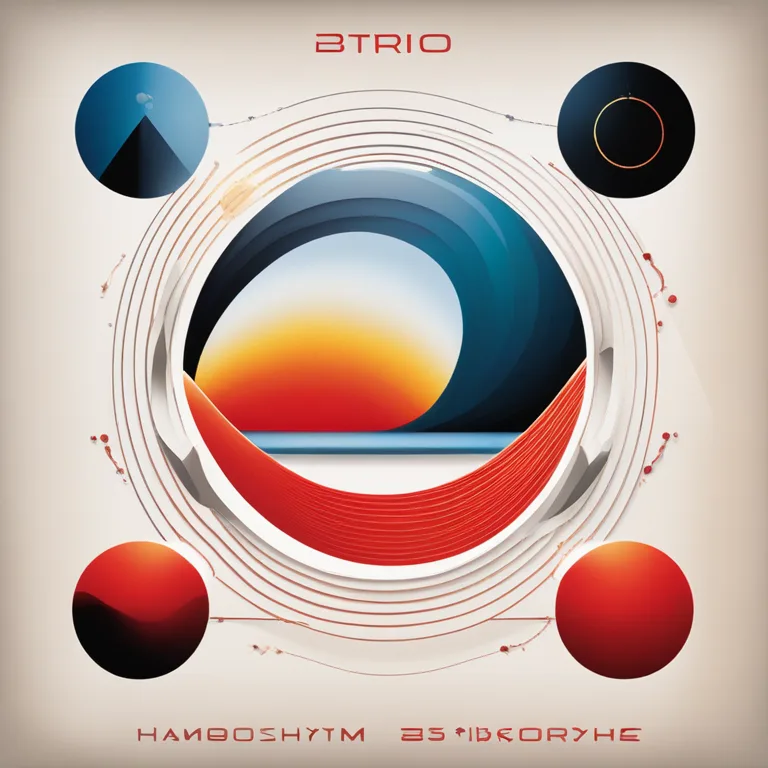
The Rhythms Within: A Short Guide to Biorhythms
An in-depth look at biorhythms, the rhythmic cycles that are said to govern physical, emotional, and intellectual faculties.
article by Adrian Wallace
Introduction to Biorhythms
Biorhythms are a concept that suggests our lives are influenced by natural physiological cycles. The theory was popularized in the 20th century, with roots tracing back to ancient civilizations. This intriguing concept posits that from the moment of birth, humans embark on three foundational cycles: physical, emotional, and intellectual. Each cycle is said to fluctuate between positive, negative, and critical phases, with the potential to impact our performance, moods, and overall well-being. The advent of digital technology means that, in 2024 and beyond, we are more equipped than ever to track and analyze these rhythms.

The Trio of Primary Cycles
The core of biorhythm theory lies in three primary cycles. The physical cycle, with a span of 23 days, is believed to affect strength, vitality, and overall physical condition. The emotional cycle, lasting 28 days, mirrors the lunar month and is thought to influence creativity, mood, and emotional stability. Lastly, the intellectual cycle, completing its rotation in 33 days, purportedly governs analytical thinking, reasoning, and memory. By overlaying these cycles, individuals and practitioners can predict periods of high achievement and caution against potential low points.

Understanding Biorhythmic Calculations
Calculating biorhythms involves mathematical models that use birth date as a starting point. The theory's proponents believe that by mapping out these cycles, one can prepare for upcoming challenges and opportunities. Some modern-day applications and online platforms even offer personalized biorhythm charts, claiming to provide insights that might aid in decision-making and lifestyle choices. Despite the lack of scientific evidence for its accuracy, biorhythms continue to captivate the interests of many around the globe.

The Skepticism and Science
In the era of evidence-based practices, it is important to approach biorhythms with a critical eye. The scientific community generally regards biorhythm theory as a pseudoscience, citing a lack of empirical data to substantiate its claims. Nevertheless, its popularity persists, and many users swear by the personal revelations and benefits they experience. In truth, while rigorous scientific proof is lacking, the placebo effect or simple belief in the system may indeed have genuine psychological benefits for some individuals.

Integrating Biorhythms into Daily Life
Despite the skepticism, the concept of biorhythms has been integrated into the daily lives of its enthusiasts. From planning important events or making life decisions to determining the timing of physical activities, biorhythm charts serve as a guide for some. The beauty of this modality is that it encourages individuals to become more attuned to their bodies and reflective on their mental and emotional states, fostering a greater sense of self-awareness which is, undeniably, beneficial regardless of scientific backing.
The Future of Biorhythm Studies
Advancements in technology and an ever-growing interest in holistic modes of self-improvement suggest that biorhythm-related research and tools will continue to evolve. In the years beyond 2024, we may well witness a resurgence in popularity of biorhythms, perhaps coupled with new-age applications that utilize artificial intelligence and big data to provide even more personalized biorhythmic analyses. Whether these developments will bring the theory closer to scientific acceptance remains to be seen.
Published: 12/28/2023
Modified: 12/28/2023
More predictions
Come back here soon to learn more about yourself and your future


Biorhythm Compatibility: Fact Or Myth?
Explore the concept of biorhythm compatibility to discover if there's a real connection between our biocycles and relationship harmony.


Unlocking Your Body's Natural Clock
Explore the intriguing world of biorhythms and discover how they influence your physical, emotional, and intellectual states.


Biorhythm Wheel: Unlocking The Secrets
Explore the intriguing world of the biorhythm wheel to understand your physical, emotional, and intellectual cycles for enhanced well-being.